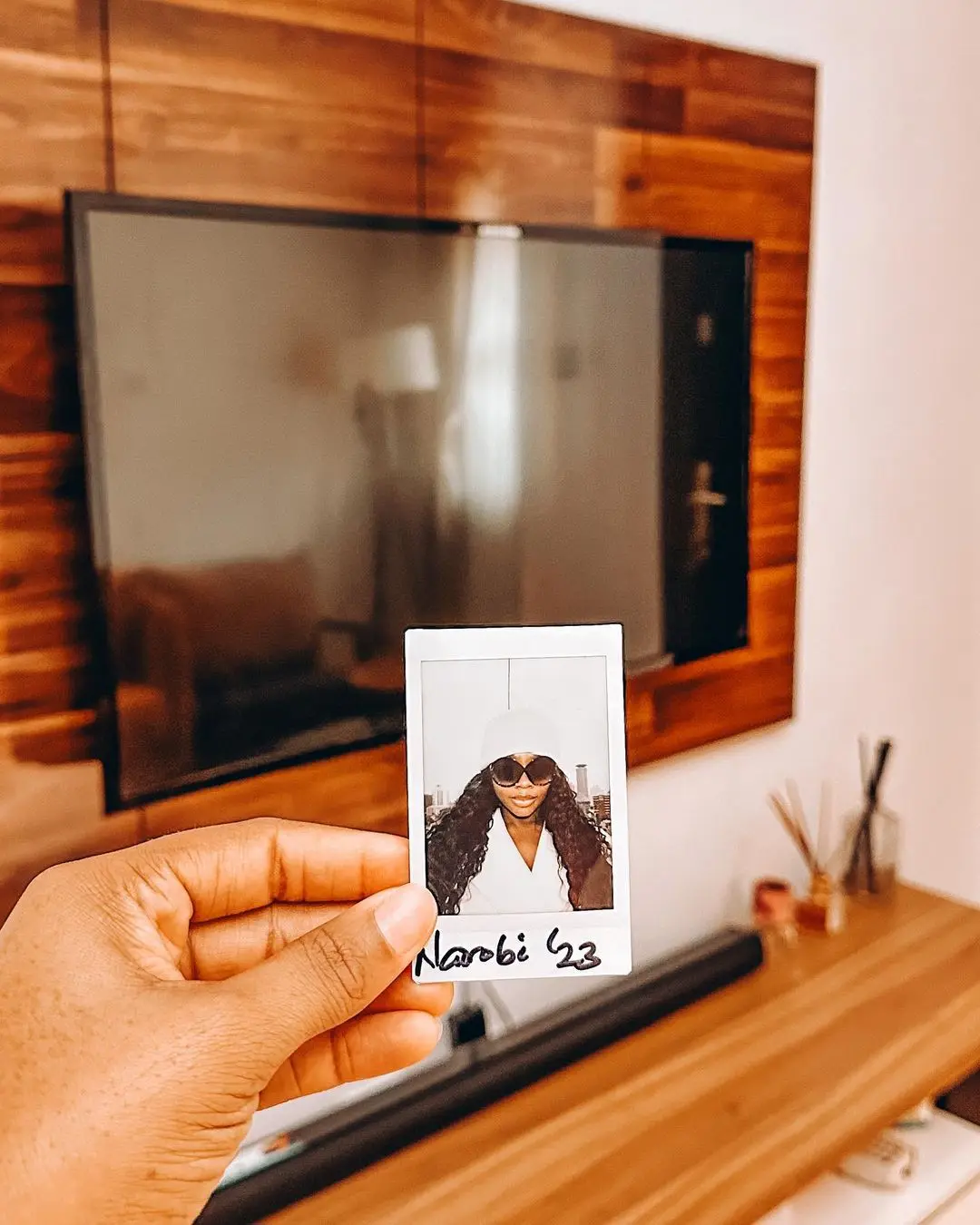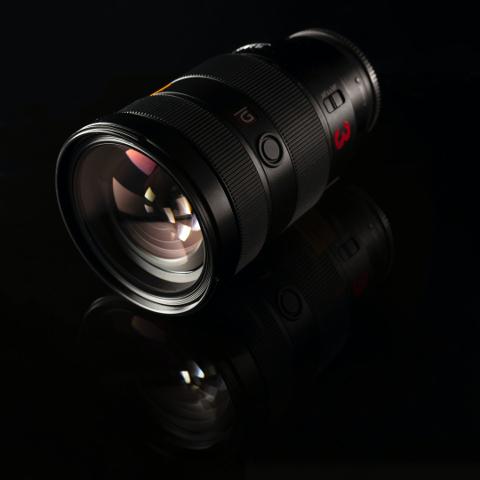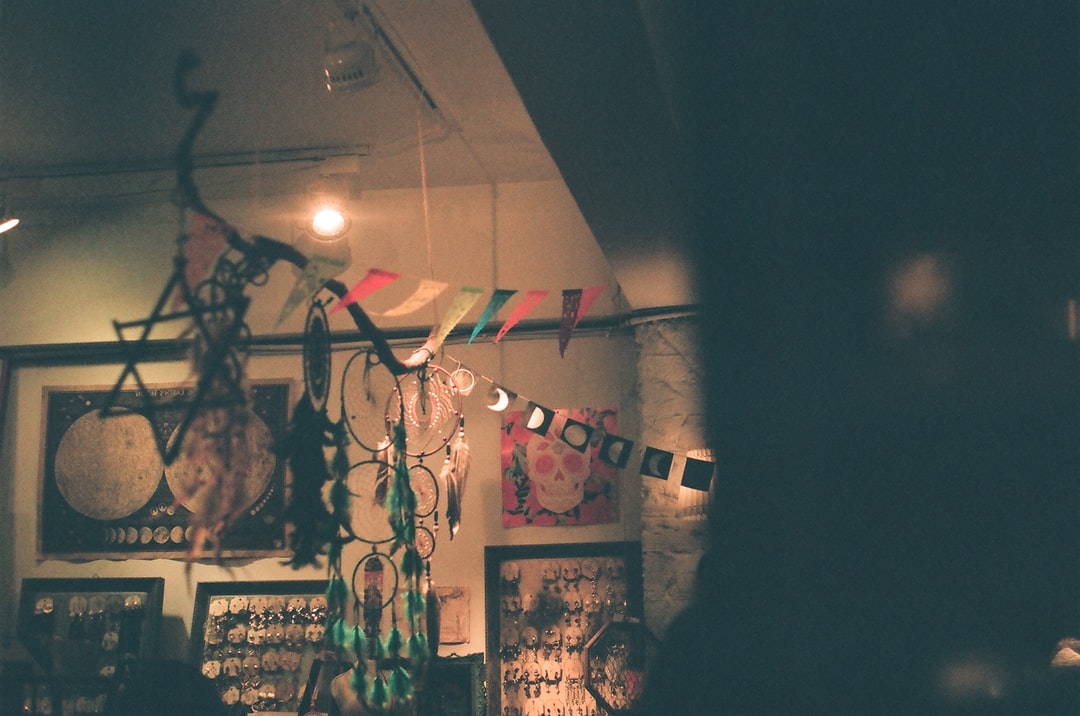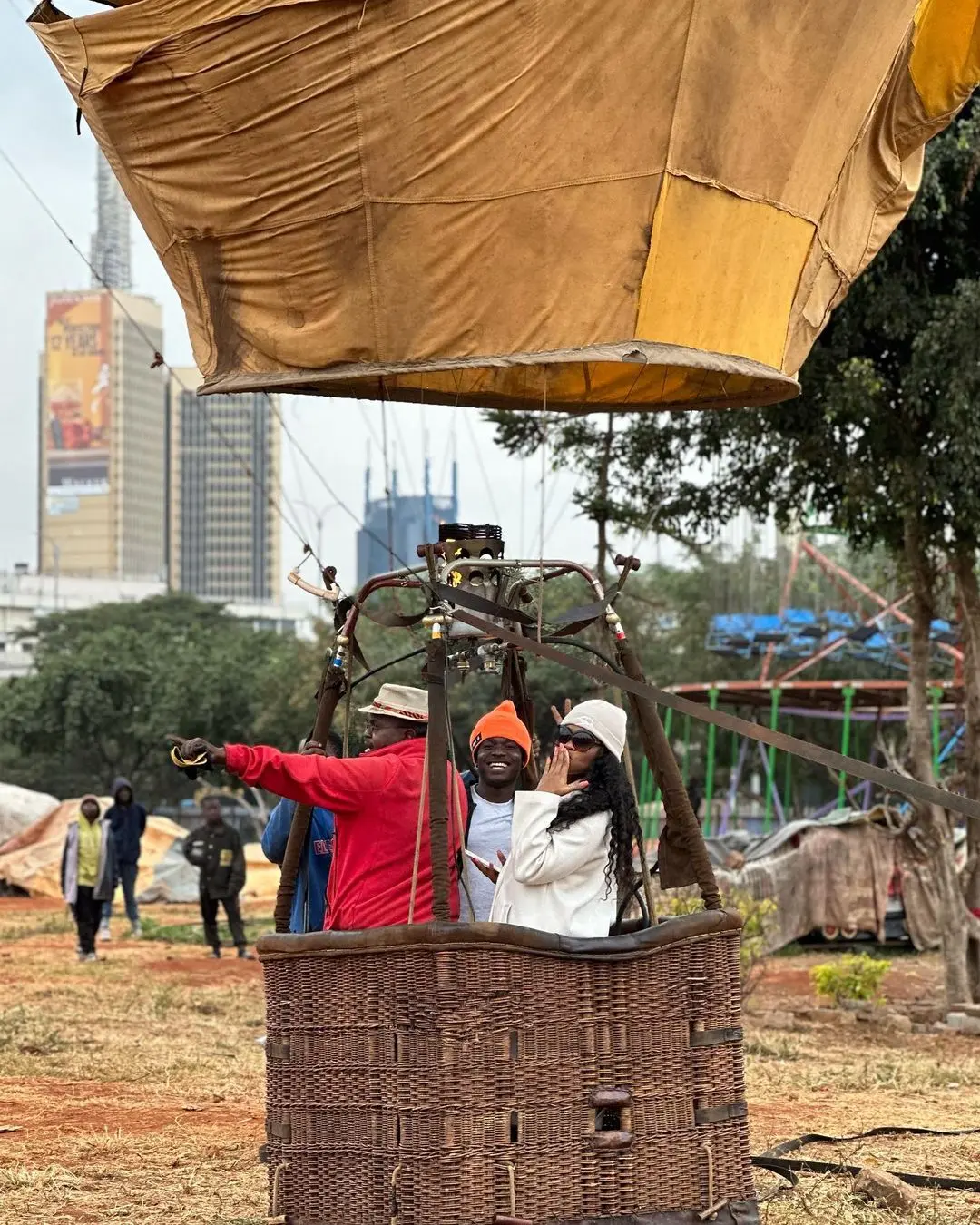
Amazing Nairobi
the calm street, the swahili conversations more than memorable and oh yeah the cool weather
with my mini 40 in my hotel room, i was ready to explore Nairobi




the calm street, the swahili conversations more than memorable and oh yeah the cool weather
Wonderful view of the city and landscape.

We use cookies to provide you a better user experience on this website. Cookie Policy